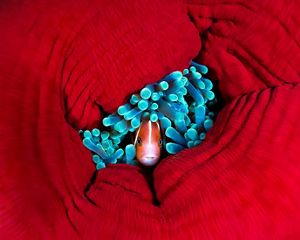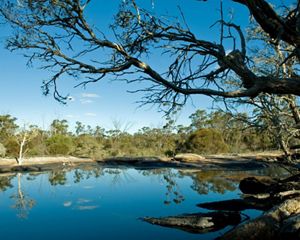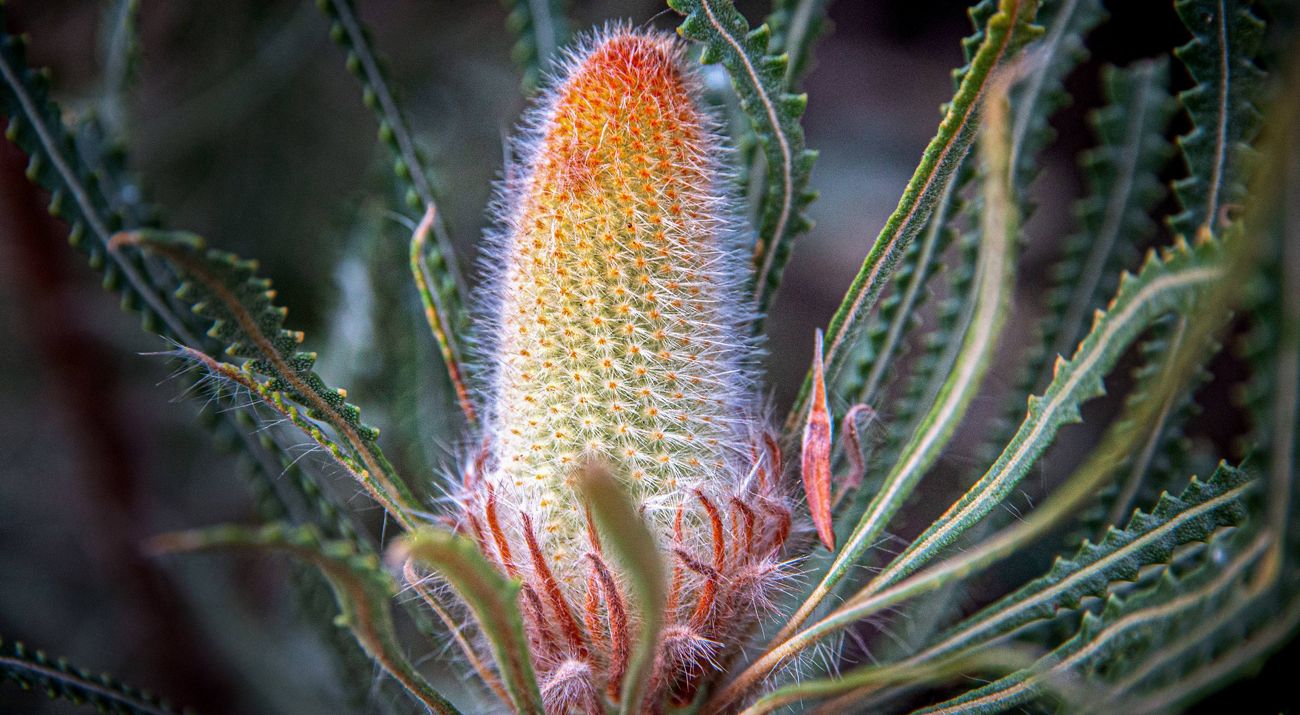
The world is becoming more and more urbanised. As our cities grow, it’s really important to retain places for nature. Urban green spaces reduce heat (and cooling costs), give us somewhere to play and help to maintain cleaner air for us to breathe.
If you have a garden where you live, there are lots of ways you can contribute to making it more welcoming for wildlife. This adds to the places where our unique animals can co-exist with us urban humans.
Here are our top five tips for growing a native Australian, urban garden.
1. Grow plants indigenous to your area
The best way to encourage native wildlife into your garden is to choose local plants. Species that are native not just to Australia but to your local area are the best. In this way the birds, butterflies and other animals found naturally in your area will be most likely to use your garden.
Many parts of Australia naturally harbour a bewildering array of native plants with beautiful flower colours and foliage textures. There’s lots to choose from.
Seek out a nursery near you specialising in indigenous plants and ask them what local plants would work best for your garden. Your local council should also be able to help.
Not only will they look great and welcome the wildlife, but they’ll be more likely to survive your local soil and rainfall conditions.
And if you’ve created a garden for nature, you can let it feed the birds through its flowers, seeds and insects rather than needing to put out artificial food.

2. Provide some open water
Providing water in your garden will lure lots of native animals in for a drink or a splash. It can be a shallow terracotta dish or a more substantial pond.
Keep it clean, fresh and topped up. Your local wildlife will love you for it! For larger ponds, the add a few small native fish (available from some aquarium shops). They're useful for keeping the mosquitoes at bay. If you also add in some local sedges and rushes, you might be blessed with frogs moving in. They’ll provide the added bonus of an evening chorus to enjoy.
Remember, never release non-native fish, like goldfish or koi, into the wild. They outcompete native fish and cause huge environmental problems.
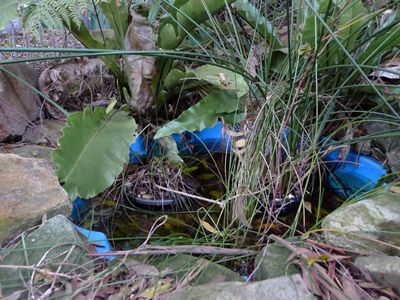
3. Provide shelter for wild visitors
The average Australian backyard contains more species of lizards than the whole of the United Kingdom! You don’t have to be Steve Irwin to appreciate them.
All around Australia, there are many different species of totally harmless lizards that will take up residence in a well-managed native garden. Beautiful nocturnal, soft-bodied geckos will come out at night and gobble up mozzies and moths.
Tiny, sleek skinks will scurry about on vertical fences looking for tasty flies. And down amongst your moist leaf litter you might be shocked to find mulch skinks whose tiny legs can at first give it a wriggling, snake-like appearance.
If you’re really lucky, you might even host a larger lizard like a Shingleback., one of the blue-tongued skinks, or an Australian Water Dragon. Don’t worry about their fearsome appearance, they're totally harmless. Just give them some space and let them eat your snails and slugs.
Scattering a few rocks, fallen bark and thick branches throughout your garden provides the kinds of crevices and crannies lizards need. These provide spaces for them to keep warm in winter, cool in summer and safe from predators like ravens.
Lizards you could find in your yard
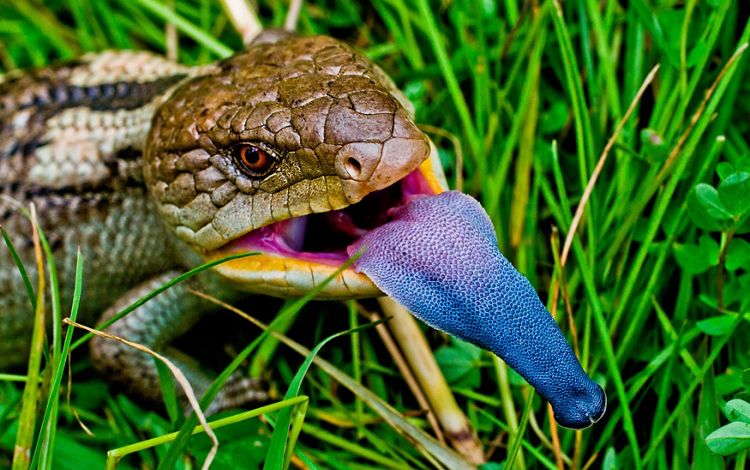
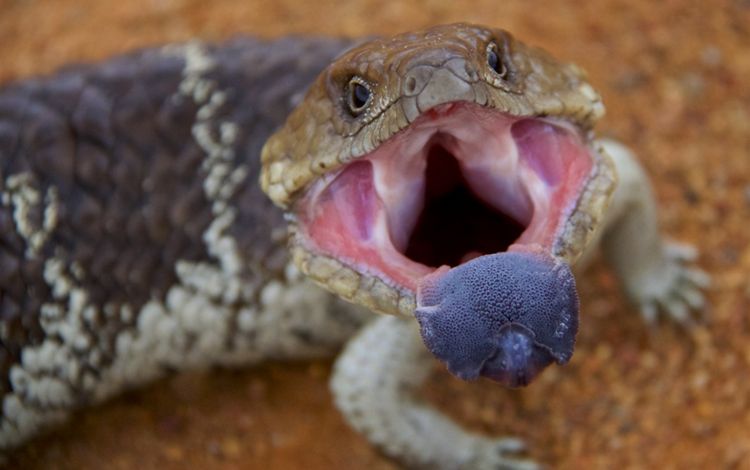
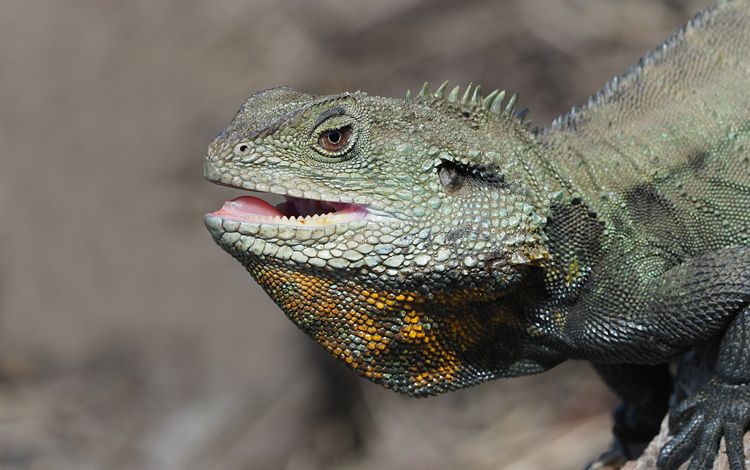
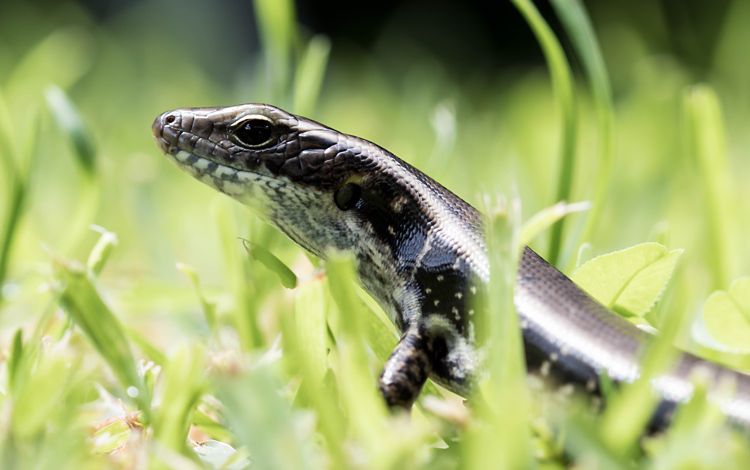
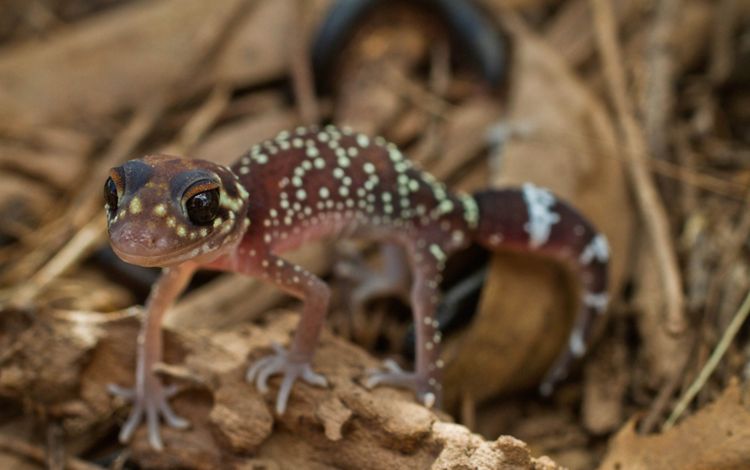
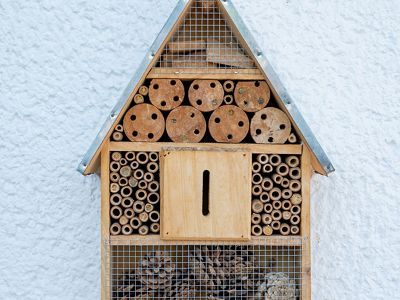
You can also provide homes for other wildlife like ‘bee hotels’ for native bees, nest boxes for parrots and other hollow dwellers like possums and some ducks, and bat boxes as somewhere safe for microbats to sleep during the day.
A simple internet search will provide you a range of providers and DIY guides.
4. Control pets and pests
Dogs and especially cats aren’t compatible with thriving wildlife in your garden. Having a separate space for your dog and keeping cats indoors or enclosed outdoors is the best way to maintain a wildlife garden if you have these pets.
Pests like rats and mice also need to be controlled if you want to create the right environment for wildlife. If these are a problem in your area you may need to enlist the help of a pest controller.
If you unwittingly provide food for these pests, like unsealed rubbish bins or pet food left out overnight, then you’ll be fighting a losing battle in trying to control them.
5. Avoid the use of chemicals
Spraying herbicides and pesticides can be fatal to native animals. This is especially true for frogs, fish and other creatures using your water feature.
If you absolutely have to control some insect pests, try some of the more ecofriendly options like pyrethrum. It’s based on a natural daisy extract and is less toxic to the environment if used as directed.
Follow these tips and see how much of a difference you can make for wildlife in your neck of the urban woods.
Get email updates
Learn about what we're doing to help protect and conserve Australia's natural environment.
